The Essential Guide to Buying Top Quality Lacrosse EquipmentThe Essential Guide to Buying Top Quality Lacrosse Equipment
Choosing the Best Lacrosse Gloves for Optimal Grip and Protection
When selecting lacrosse gloves, one of the most important factors to consider is grip. Having a solid grip on your stick is crucial for ball control, catching, cradling, and shooting accuracy. The best lacrosse gloves will have textured or tackified palms and fingers to create maximum friction when handling your stick. Synthetic leather palms tend to offer the stickiest grip while mesh palms provide ventilation to keep your hands cool. The palm padding is also key for shock absorption when catching hard passes or batting away shots. Look for thick yet flexible padding in the palm area to protect your hands from bruising while still allowing dexterity in the fingers. Brands like Maverik and STX use premium materials in the palms such as SuperFabric or D3O to maximize grip and dissipate impact. You’ll also want to examine features like adjustable wrist straps for a secure fit and ventilation panels for breathability during intense gameplay. Considering factors like palm design, padding, and innovative features will help you select high performance lacrosse gloves with the grip and protection needed to take your game to the next level.
Picking the Right Rebounder Mat for Optimal Ball Response
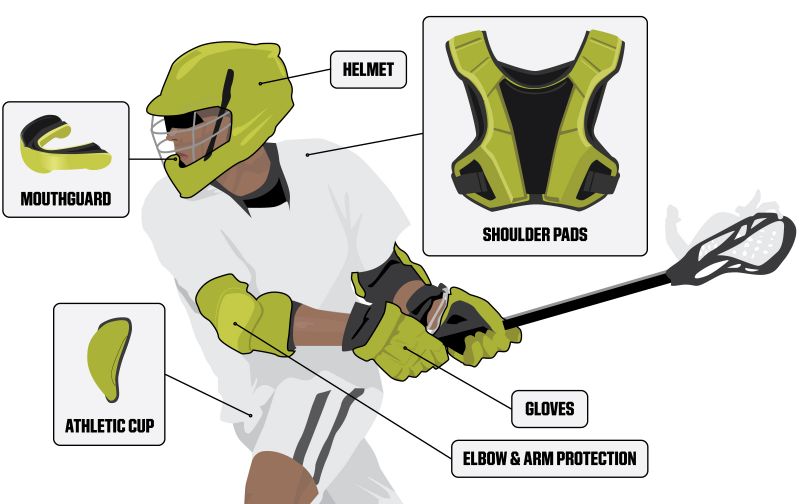
Choosing the optimal rebounder mat is crucial for getting the most out of your lacrosse wall ball training. The mat material and thickness will determine the speed and bounce of the ball as it rebounds off the wall. Most rebounder mats are made from weather-resistant woven polyethylene or polyester with UV stabilization to prevent fading. Nylon mats are also popular for their durability and responsiveness. Look for a mat thickness of around 2 inches which provides a lively ball return without being too fast and erratic. Thinner mats tend to have a more uneven ball bounce while thicker ones can slow the ball down too much. It’s also wise to pick mats designed specifically for your model of rebounder so you get a precise fit. Dimension is key – an undersized mat will leave gaps while an oversized one can bunch up. Bright mat colors like red, orange or yellow are ideal for high visibility. Swapping out your rebounder mat annually helps maintain that lively snap off the wall for sharpening your quick stick skills. Investing in a quality rebounder mat tailored to your trainer will pay dividends by boosting your reaction time, hand-eye coordination and lacrosse IQ.
Comparing Materials and Longevity When Selecting a Rebounder Mat
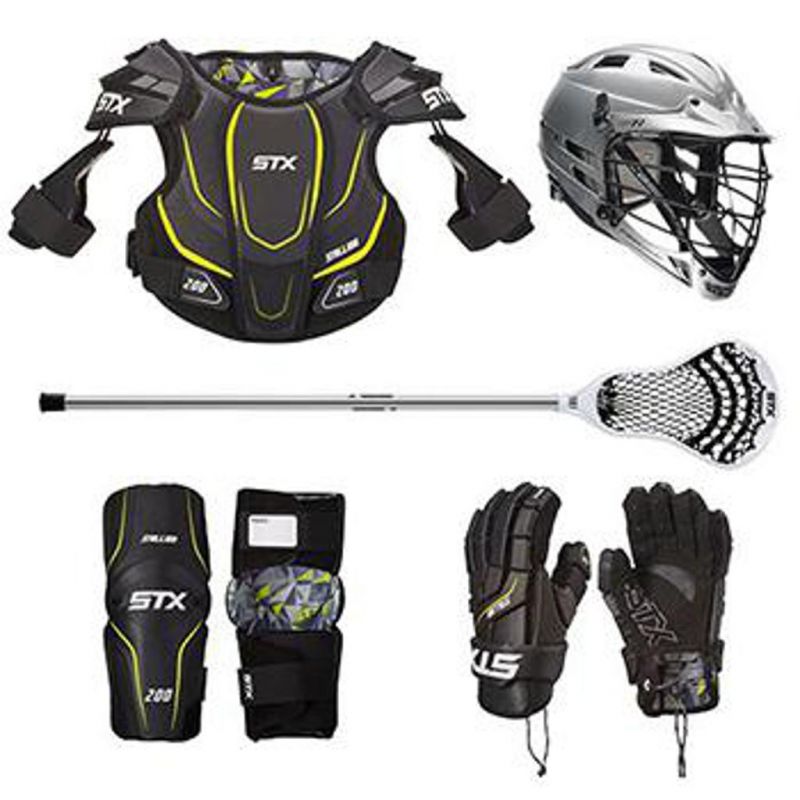
The material composition of your rebounder mat plays a big role in both performance and durability. Two of the most common materials used are polyester and nylon. Polyester mats provide great UV resistance, weatherability, and colorfastness. This synthetic polymer material is abrasion-resistant and retains its shape well over time. The woven construction also yields excellent ball response. Nylon mats are prized for their strength, resilience and smooth surface texture. Nylon’s high tensile strength prevents tearing while the smooth face improves ball control and handling. For outdoor rebounders subject to sunlight, look for mats made with UV-stabilized and fade-resistant fibers. Some mats also have a UV-protective coating to prevent premature breakdown. When comparing mat materials, polyester and nylon both deliver great bounce, longevity and value. However, polyester is generally more affordable while nylon offers superior durability for intense use. Other factors like thickness, warranty and reviews can further guide you in selecting a long-lasting rebounder mat that enhances your skills season after season. With the right construction and UV protection, a quality mat should easily last 1-2 years with regular use. Investing in the optimal material provides a reliable playing surface that hones reflexes, reaction time and stick play.
Choosing Visible Rebounder Mat Colors for Enhanced Training
Protection and Padding: Safeguarding Your Hands
While grip is essential, protection is equally important in lacrosse gloves. How can you ensure your hands are adequately protected without sacrificing flexibility?
Look for gloves with thick yet flexible padding in the palm area. This combination protects your hands from bruising while still allowing for dexterity in your fingers. The palm padding also plays a crucial role in shock absorption when catching hard passes or batting away shots.
Additional Features to Consider
When selecting lacrosse gloves, don’t overlook these additional features that can enhance your overall experience:
- Adjustable wrist straps for a secure fit
- Ventilation panels for improved breathability
- Moisture-wicking liners to keep hands dry
- Ergonomic design for natural hand movement
By considering factors like palm design, padding, and innovative features, you’ll be well-equipped to select high-performance lacrosse gloves that can take your game to the next level.

Optimizing Your Training with the Perfect Rebounder Mat
A crucial component of any lacrosse player’s training regimen is wall ball practice. To get the most out of these sessions, selecting the right rebounder mat is essential. But what makes a rebounder mat “perfect” for lacrosse training?
Material Matters: Choosing the Right Composition
The material of your rebounder mat significantly influences its performance and durability. Most high-quality rebounder mats are made from one of the following materials:
- Weather-resistant woven polyethylene
- UV-stabilized polyester
- Durable and responsive nylon
Each material offers unique benefits, but all are designed to withstand the rigors of intense lacrosse training while providing consistent ball response.
Finding the Sweet Spot: Mat Thickness and Ball Response
The thickness of your rebounder mat plays a crucial role in determining the speed and bounce of the ball as it rebounds off the wall. But what’s the ideal thickness for optimal training?

Most experts recommend a mat thickness of around 2 inches. This provides a lively ball return without being too fast or erratic. Thinner mats tend to produce an uneven ball bounce, while thicker ones can slow the ball down excessively, potentially hampering your training effectiveness.
Size and Fit: Ensuring Proper Coverage
When selecting a rebounder mat, size matters. How can you ensure you’re choosing the right dimensions for your setup?
It’s crucial to pick mats designed specifically for your model of rebounder to get a precise fit. An undersized mat will leave gaps, potentially damaging your wall or affecting ball response. Conversely, an oversized mat can bunch up, creating an uneven surface that impacts your training.
Longevity and Durability: Investing in Quality Lacrosse Equipment
When it comes to lacrosse equipment, particularly rebounder mats, durability is a key consideration. How do different materials stack up in terms of longevity and performance over time?
Polyester vs. Nylon: A Material Showdown
Both polyester and nylon are popular choices for rebounder mats, each offering distinct advantages:

- Polyester: Excellent UV resistance, weatherability, and colorfastness. Abrasion-resistant and shape-retaining.
- Nylon: High tensile strength, resilience, and smooth surface texture. Prevents tearing and improves ball control.
While both materials deliver great bounce and value, polyester is generally more affordable, while nylon offers superior durability for intense use.
UV Protection: Safeguarding Against the Elements
For outdoor rebounders subject to sunlight, UV protection is crucial. Look for mats made with UV-stabilized and fade-resistant fibers. Some mats also feature a UV-protective coating to prevent premature breakdown, ensuring your equipment lasts longer even in harsh conditions.
Lifespan and Replacement: Maximizing Your Investment
With proper care and the right construction, how long can you expect a quality rebounder mat to last?
A high-quality mat should easily last 1-2 years with regular use. However, to maintain optimal performance, it’s wise to consider replacing your mat annually. This ensures you always have a lively, responsive surface for sharpening your quick stick skills and reaction time.
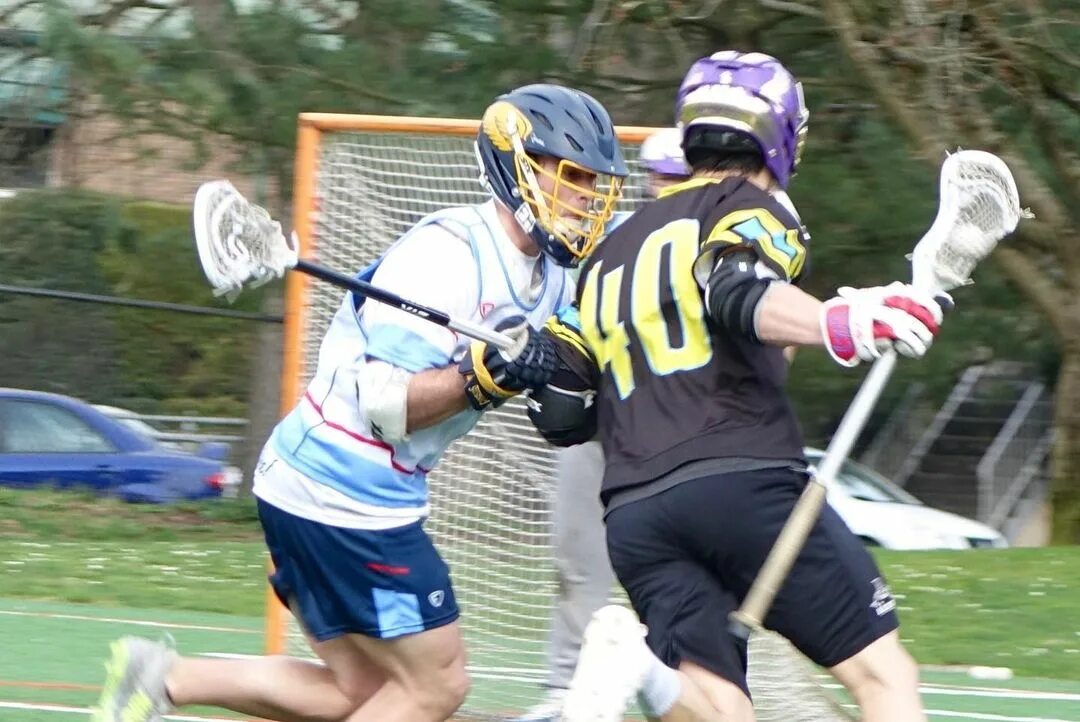
Enhancing Visual Training with Strategic Color Choices
The color of your rebounder mat might seem like a minor detail, but it can significantly impact your training effectiveness. How can you leverage color to enhance your lacrosse skills?
Visibility and Ball Tracking
Bright mat colors like red, orange, and yellow offer superior visibility, allowing for better visual tracking of the ball during wall ball drills. This enhanced visibility helps sharpen:
- Hand-eye coordination
- Reaction time
- Ball tracking skills
By contrast, dark mat colors can blend into the background, making it more challenging to keep your eye on the ball for crisp catches and quick exchanges.
Perceived Ball Speed and Depth Perception
Interestingly, mat color can affect the perceived speed of the ball. Lighter colors give the illusion of faster ball flight compared to darker mats. This can be leveraged to challenge yourself during training sessions, improving your ability to react to varying ball speeds.

Additionally, vibrant colors help establish better depth perception and spatial awareness as you track the ball off the wall, further enhancing your overall lacrosse IQ and field vision.
Innovative Technologies in Modern Lacrosse Equipment
The world of lacrosse equipment is constantly evolving, with manufacturers introducing cutting-edge technologies to enhance player performance and safety. What are some of the most exciting innovations in lacrosse gear?
Smart Stick Technology
Recent advancements have led to the development of “smart” lacrosse sticks equipped with sensors that can track various metrics, including:
- Shot speed
- Pass accuracy
- Stick handling patterns
These high-tech sticks provide players and coaches with valuable data to analyze and improve performance. By integrating with smartphone apps, players can set goals, track progress, and receive personalized training recommendations.
Advanced Helmet Designs
Player safety is paramount in lacrosse, and helmet technology has seen significant advancements in recent years. Modern lacrosse helmets now incorporate:

- Multi-layered impact absorption systems
- Adjustable fit mechanisms for personalized comfort
- Improved ventilation for better temperature regulation
- Enhanced visibility through strategic visor designs
These innovations not only provide better protection against impacts but also improve overall player comfort and performance on the field.
Eco-Friendly Equipment Options
As sustainability becomes an increasingly important consideration in sports equipment manufacturing, some lacrosse brands are leading the charge with eco-friendly options. These include:
- Sticks made from recycled materials
- Biodegradable mesh for goals
- Sustainably sourced leather for gloves and pads
By choosing these environmentally conscious options, players can reduce their ecological footprint while still enjoying high-quality equipment.
Customization and Personalization in Lacrosse Gear
The trend towards personalization has made its way into the lacrosse equipment market, allowing players to express their individuality while optimizing their gear for peak performance. How can players take advantage of customization options in lacrosse equipment?
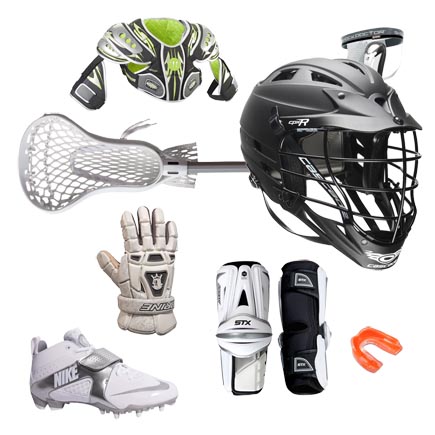
Custom Stick Stringing
One of the most impactful customizations a player can make is in their stick stringing. Custom stringing allows players to fine-tune their pocket for optimal ball control, shot power, and overall feel. Some key aspects of custom stringing include:
- Pocket depth and placement
- Sidewall string tension
- Shooters configuration
Many players work with professional stringers or learn the art themselves to achieve the perfect pocket for their playing style.
Personalized Graphics and Color Schemes
Many manufacturers now offer personalization options for various pieces of lacrosse equipment, including:
- Custom helmet wraps
- Personalized stick decals
- Custom-colored gloves and pads
These options allow players to stand out on the field while showing team spirit or personal flair.
Tailored Fit and Sizing
Recognizing that every player’s body is unique, some brands now offer customizable sizing options for equipment like shoulder pads and arm guards. This ensures a more comfortable and protective fit, potentially enhancing player performance and reducing the risk of injury.

Maintaining and Caring for Your Lacrosse Equipment
Proper maintenance of your lacrosse gear is crucial for extending its lifespan and ensuring consistent performance. What are some essential care tips for lacrosse equipment?
Cleaning and Disinfecting
Regular cleaning of your lacrosse equipment is essential for hygiene and longevity. Here are some key points to remember:
- Wipe down sticks and shafts after each use to prevent dirt buildup
- Use a mild soap solution to clean gloves, pads, and helmets
- Allow all equipment to air dry completely before storing
- Periodically disinfect gear to prevent bacterial growth and odors
Proper Storage
How you store your lacrosse equipment can significantly impact its lifespan. Consider these storage tips:
- Store sticks in a cool, dry place to prevent warping
- Use equipment bags with ventilation to prevent moisture buildup
- Avoid leaving gear in hot cars or direct sunlight for extended periods
- Hang up wet items to dry before storing to prevent mold growth
Regular Inspection and Replacement
Routinely inspect your equipment for signs of wear and tear. Pay close attention to:

- Cracks or chips in stick heads
- Loose or frayed strings in pockets
- Worn-out padding in gloves and protective gear
- Damage to helmet shells or face masks
Replace any equipment that shows significant wear to ensure optimal performance and safety on the field.
By following these maintenance practices, you can extend the life of your lacrosse equipment, ensuring it performs at its best game after game, season after season.
Choosing the Best Lacrosse Gloves for Optimal Grip and Protection
When selecting lacrosse gloves, one of the most important factors to consider is grip. Having a solid grip on your stick is crucial for ball control, catching, cradling, and shooting accuracy. The best lacrosse gloves will have textured or tackified palms and fingers to create maximum friction when handling your stick. Synthetic leather palms tend to offer the stickiest grip while mesh palms provide ventilation to keep your hands cool. The palm padding is also key for shock absorption when catching hard passes or batting away shots. Look for thick yet flexible padding in the palm area to protect your hands from bruising while still allowing dexterity in the fingers. Brands like Maverik and STX use premium materials in the palms such as SuperFabric or D3O to maximize grip and dissipate impact. You’ll also want to examine features like adjustable wrist straps for a secure fit and ventilation panels for breathability during intense gameplay. Considering factors like palm design, padding, and innovative features will help you select high performance lacrosse gloves with the grip and protection needed to take your game to the next level.
Picking the Right Rebounder Mat for Optimal Ball Response

Choosing the optimal rebounder mat is crucial for getting the most out of your lacrosse wall ball training. The mat material and thickness will determine the speed and bounce of the ball as it rebounds off the wall. Most rebounder mats are made from weather-resistant woven polyethylene or polyester with UV stabilization to prevent fading. Nylon mats are also popular for their durability and responsiveness. Look for a mat thickness of around 2 inches which provides a lively ball return without being too fast and erratic. Thinner mats tend to have a more uneven ball bounce while thicker ones can slow the ball down too much. It’s also wise to pick mats designed specifically for your model of rebounder so you get a precise fit. Dimension is key – an undersized mat will leave gaps while an oversized one can bunch up. Bright mat colors like red, orange or yellow are ideal for high visibility. Swapping out your rebounder mat annually helps maintain that lively snap off the wall for sharpening your quick stick skills. Investing in a quality rebounder mat tailored to your trainer will pay dividends by boosting your reaction time, hand-eye coordination and lacrosse IQ.
Comparing Materials and Longevity When Selecting a Rebounder Mat

The material composition of your rebounder mat plays a big role in both performance and durability. Two of the most common materials used are polyester and nylon. Polyester mats provide great UV resistance, weatherability, and colorfastness. This synthetic polymer material is abrasion-resistant and retains its shape well over time. The woven construction also yields excellent ball response. Nylon mats are prized for their strength, resilience and smooth surface texture. Nylon’s high tensile strength prevents tearing while the smooth face improves ball control and handling. For outdoor rebounders subject to sunlight, look for mats made with UV-stabilized and fade-resistant fibers. Some mats also have a UV-protective coating to prevent premature breakdown. When comparing mat materials, polyester and nylon both deliver great bounce, longevity and value. However, polyester is generally more affordable while nylon offers superior durability for intense use. Other factors like thickness, warranty and reviews can further guide you in selecting a long-lasting rebounder mat that enhances your skills season after season. With the right construction and UV protection, a quality mat should easily last 1-2 years with regular use. Investing in the optimal material provides a reliable playing surface that hones reflexes, reaction time and stick play.
Choosing Visible Rebounder Mat Colors for Enhanced Training
When shopping for a replacement rebounder mat, considering the color and visibility is an important component for maximizing your training. Bright mat colors like red, orange and yellow allow for better visual tracking of the ball during wall ball drills. This enhanced visibility helps sharpen hand-eye coordination, reaction time and tracking skills as you follow the ball from the wall rebound to your stick. Dark mat colors can visually blend into the background, making it harder to keep your eye on the ball for crisp catches and quick exchanges. Mat color also affects the perceived speed of the ball. Lighter colors give the illusion of a faster ball flight versus darker mats. Picking a bright tone establishes better depth perception and spatial awareness as you track the ball off the wall. Color even impacts conditioning aspects like visual alertness, focus and endurance over long training sessions. Additionally, vibrant mat colors make the rebounder installation stand out as an eye-catching backyard feature. Most leading rebounder brands offer mats in color options to match team jerseys or personal preference. Choosing the right visibility, contrast and color saturation in your rebounder mat helps hone critical lacrosse skills by enhancing your visual connection with the ball during practice.
Picking Popular Lacrosse Equipment Brands Known for Quality
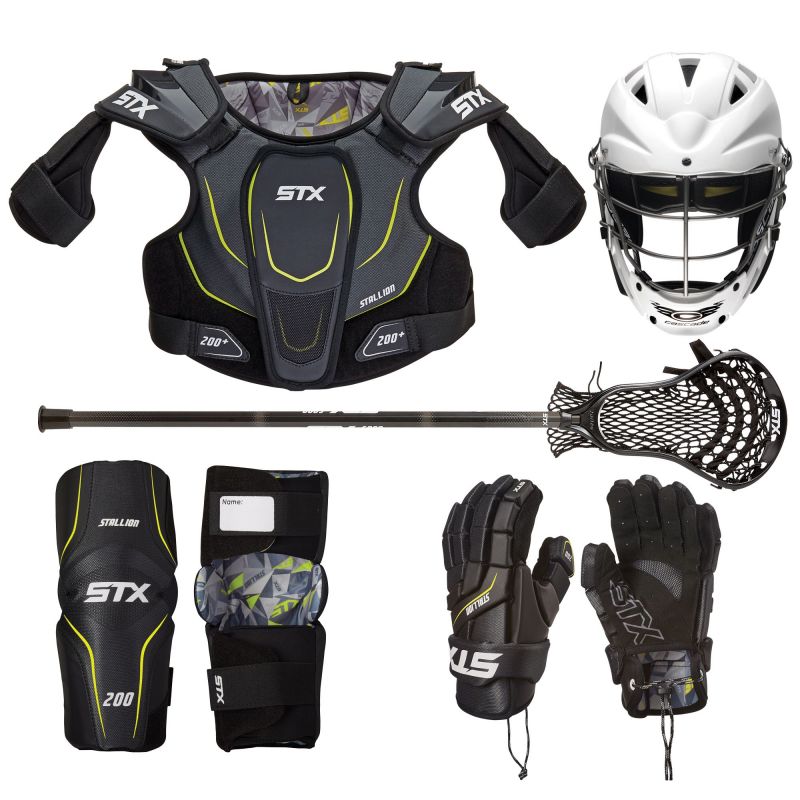
When investing in lacrosse gear, sticking with gloves, pads, helmets and rebounders from the top brands ensures you get well-designed equipment that boosts performance. Brands like STX, Maverik, Warrior, Brine and Nike dominate the lacrosse gear market thanks to their innovative technologies, premium materials and consistent quality. STX is known for gloves featuring unique textures and padded palm designs to optimize fit and grip. Maverik’s emphasis on protective padding and lightweight mobility make their gloves and pads top choices for players across positions. Warrior prioritizes high-grade leathers and customizable padding in their lacrosse glove line. Brine gloves stand out for their breathable mesh backs and adjustable wrist straps for security. Nike gloves deliver maximized ventilation, flexibility and durability even under heavy use. These major brands also engineer rebounder mats and frames to deliver superior ball response during training. Ultimately, choosing equipment from the biggest brands ensures access to the latest material innovations and performance-driven designs. Do some research to find the brand that aligns with your playing style and priorities. Investing in market-leading lacrosse gear translates to an immediate boost in comfort, protection and skills development on the field.
Examining Lacrosse Glove Materials for Durability
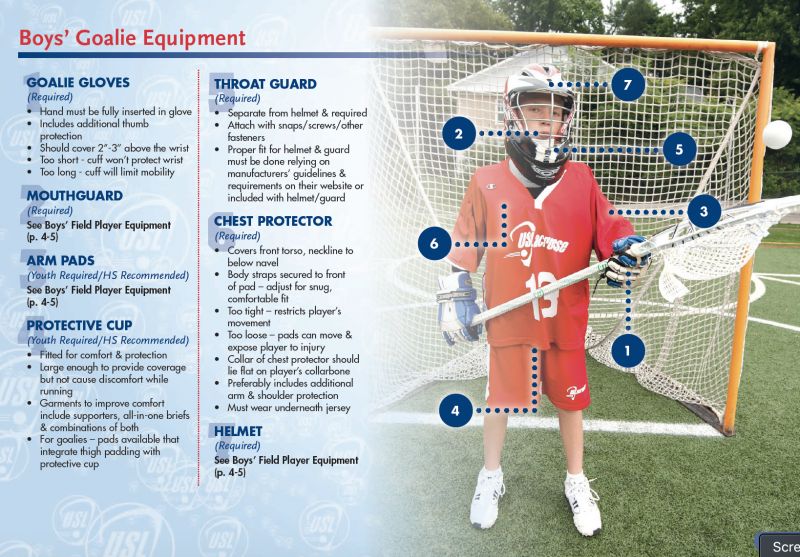
The materials used in lacrosse glove construction play a major role in long-term durability and protection. Synthetic leathers like Nash, Clarino and Kali make for hard-wearing palm materials that resist moisture, abrasions and breakdown. These synthetic leathers maintain their grip and performance over time while withstanding all the wear and tear of high-intensity gameplay. Traditional leather palms also offer remarkable durability thanks to their natural strength and structure. Top grain leathers are valued for resilience against moisture, cuts and elbow burns during extreme play. Back-of-hand materials should also be assessed for durability and ventilation. Lightweight stretch mesh promotes airflow to the hands and allows for a comfortable, contoured fit. Durable nylons stand up well to rugged play while flexible Lycra promotes unimpeded finger dexterity. Examining the palm, backhand and knuckle materials gives you a good gauge of overall glove construction quality and longevity. Brands like Warrior use premium Japanese leather palms for unmatched strength and softness. Maverik utilizes high-grade synthetic Clarino for elite-level durability. Going with the most rugged glove materials ensures season after season of unmatched performance and hand protection on the lacrosse field.
Choosing Bright Lacrosse Glove Colors for Maximum Visibility
When selecting your next pair of lacrosse gloves, considering color for visibility and safety on the field is key. Bright shades like yellow, orange, lime green or neon pink make your hands more visible to teammates during play. This allows for quicker and more accurate passing, better communication and reduced risk of hand injuries from unintended checks or slashing. Dark glove colors can visually blend into uniforms or turf and become “invisible” to players focused on the ball or game flow. Goalies in particular rely on vibrant glove colors for demanding reaction saves, communicating defense adjustments and stopping high-velocity shots aimed at the hands. Bold colors also help referees clearly see legal and illegal stick checks during scrums or contested possessions. On the sidelines, brightly colored gloves make it easier for coaches to demonstrate techniques and point out hand positioning for players to improve catching, throwing and cradling fundamentals. Lacrosse is a rapid flow game requiring total visual awareness, so choosing gloves in attention-grabbing tones gives players and coaches an important on-field edge. Having gloves that stand out improves safety, reaction time, accuracy and communication for players of all positions and ages.
Shopping Popular Lacrosse Equipment Brands for Quality
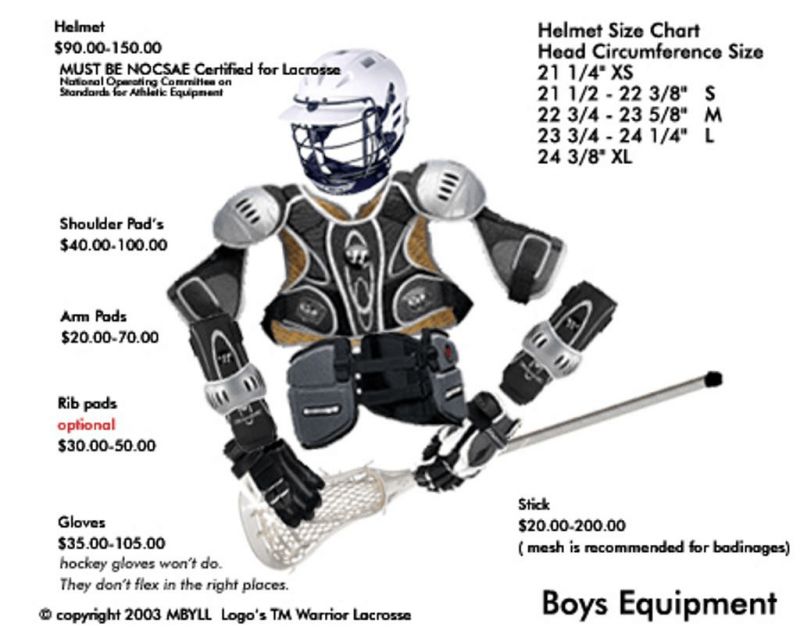
When looking to invest in new lacrosse gear, turning to the top brands in the market ensures access to cutting-edge equipment that boosts your skills and protection. Maverik is one of the most trusted names in lacrosse, designing gloves, pads, helmets and rebounders optimized for elite-level play. They use premium materials like D3O foam padding and Clarino synthetic leather to enhance glove grip and impact resistance. Warrior makes gloves crafted from top-grade Japanese leathers known for unrivaled softness, performance and durability on the field. Their unique palm and finger textures optimize control. STX engineers technical gloves offering maximum dexterity and ventilation through innovative mesh-leather fusion designs. Brine is respected for their ergonomically designed gloves utilizing flexible Lycra knits and customizable palm padding levels. Nike provides lightweight durability and supreme breathability in their gloves through strategic mesh panel placements. Doing research to find your preferred brand ensures you get lacrosse gear that aligns with your playing style and provides the latest innovations for excelling on the field.
Replacing Rebounder Mats Annually for Optimal Bounce

To keep your lacrosse rebounder performing at its best, it’s wise to replace the rebounder mat annually before each season starts. Over time, factors like weathering, UV damage from sunlight, and wear from ball impacts can degrade the mat material and reduce bounce performance. Switching out to a fresh mat helps restore that lively ball response you want for sharp reaction training. New mats also provide more uniform ball return across the surface, whereas older mats tend to get “dead spots” that disrupt your practice rhythm. Don’t wait until your mat gets completely worn out before replacing it. Gradual slowing of the ball rebound often goes unnoticed until your skills begin plateauing. Get ahead of this by making mat replacement an annual ritual. Mark your calendar each year to order a new mat that matches your rebounder model. Top brands like Champion, Gladiator and SKLZ design mats to easily switch out without tools to refresh your rebounder’s function. Considering mat cost relative to the performance value, yearly replacement is very affordable. Ensuring a responsive mat optimizes hand-eye coordination, reaction time, footwork and other critical lacrosse skills that elevate your game.
Selecting Optimal Rebounder Mat Thickness for Ball Response
When choosing a replacement rebounder mat, considering thickness is key for getting the ball return speed and liveliness you want for honing reaction skills. Most mats range from 3/8 inch up to 2 inches thick. Thinner mats around 3/8 to 1/2 inch bounce the ball faster for working on quick exchanges and reaction time. The faster pace requires you to sharpen your hand-eye coordination. Mats around 1 to 1-1/2 inch thick provide a blend of speed and control, ideal for beginners learning proper technique. Thicker mats of 1-1/2 to 2 inches slow the ball down a bit for players needing more time to cradle and control checks and passes off the rebounder. Matching mat thickness to your skill level ensures an appropriate pace. Keep in mind your rebounder frame itself also affects ball bounce. Adjustable tension frames with multiple settings allow you to fine-tune rebound speed. Dialing in the right mat thickness and tension gives you the exact ball response to match your abilities and training goals for taking your lacrosse game to the next level.
Comparing Rebounder Mat Materials for Responsiveness
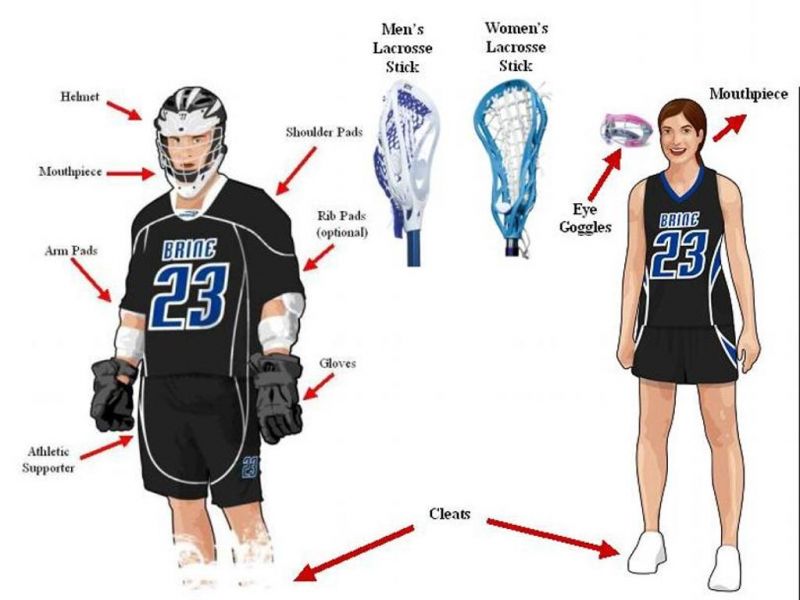
When selecting a replacement rebounder mat, the material composition directly impacts the ball responsiveness and lifespan you’ll get. The two most common mat materials are polyester and nylon. Polyester offers great UV resistance, weatherability, and color retention, ideal for outdoor rebounders. The woven construction also provides excellent ball control off the rebound. Nylon mats are prized for their unmatched strength, resilience, and smooth surface texture. This reduces friction for true ball bounce, improving reaction skills. For indoor rebounders, cotton canvas mats are a durable choice, though they lack UV/fade resistance for outdoor use. Some mats combine materials, like polyester fronts for ball response and UV protection with nylon backs for strength. No matter the material, look for tight, high-density weave patterns. This increases durability and reduces stretching over time. The material gauge (thickness) also affects mat responsiveness. Heavier gauges tend to deliver better rebound across the surface. While both polyester and nylon make excellent mat materials, nylon is best suited for high-intensity use thanks to its unrivaled tear resistance and smoother surface. Investing in the optimal rebounder mat material gives you the lively ball feedback essential for elevating your reaction skills.
Choosing UV-Protected Rebounder Mats for Outdoor Use
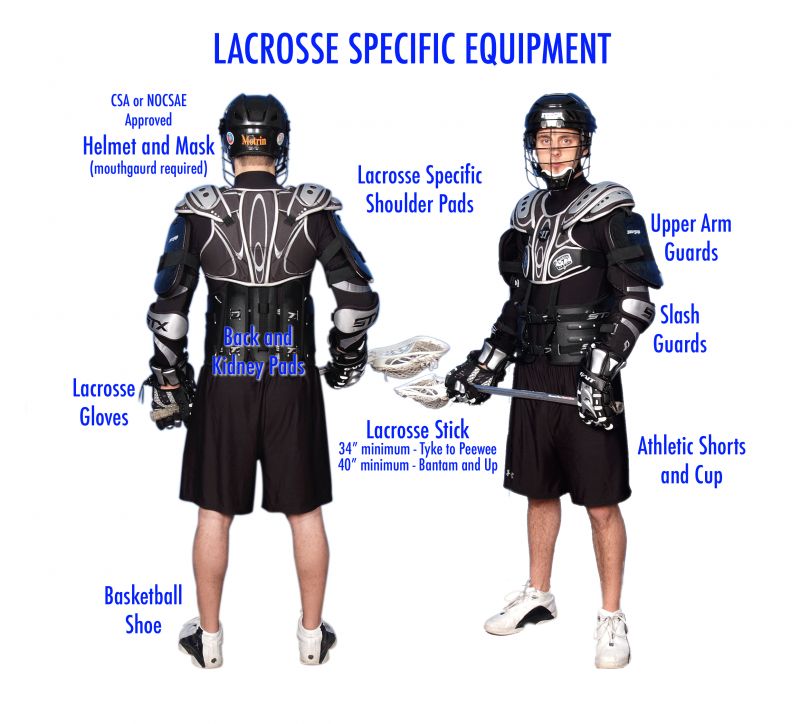
When shopping for a replacement rebounder mat designed for outdoor use, be sure to select a mat with UV protection. Constant exposure to sunlight can cause the mat material to degrade prematurely, shortening its lifespan. UV rays break down the polymer fibers, causing brittleness, discoloration, and loss of bounce performance. Mats lacking UV inhibitors may fade and thin rapidly in just weeks or months outside. Look for options specifically engineered for outdoor durability. Quality mats are constructed from synthetic UV-stabilized and fade-resistant materials like polyester or nylon. These inhibit UV damage by absorbing the rays rather than having them penetrate the fiber matrix. Some mats also feature a UV-protective coating for added defense against the elements. This finish shields the base material from solar radiation and resists moisture absorption which can lead to mildew. Checking product details and reviews will indicate how well a mat holds up to prolonged outdoor use. Investing in UV-inhibited construction ensures your rebounder mat maintains its bounce performance, appearance and longevity through harsh weather and intense sunshine. This gives you reliable play season after season to hone your lacrosse skills.
Picking High Visibility Rebounder Mat Colors
When selecting a replacement rebounder mat, choosing a bright, high-visibility color enhances the training experience. Vibrant mat shades like red, yellow, orange, lime green or safety blue improve visual tracking of the ball off the rebounder. This amplifies hand-eye coordination, sharpens reaction time, and builds tracking skills. Dark mat colors can visually disappear against backdrops like shade trees or fencing, making it harder to follow the ball. Light colors establish better depth perception and spatial awareness as you watch the ball launch, bank and return. Mat color also impacts the perceived speed of the ball rebound. Lighter mat tones give the illusion of faster ball velocity versus darker shades. This engages quicker reflexes and responsiveness. Using a visible mat color also extends training hours with enhanced visibility in dusk or dawn light. Bold mat colors transform a rebounder into an eye-catching backyard feature. Most brands offer color options so you can choose high-visibility mat shades tailored to your training space and needs. Picking a mat in fluorescent yellow, bright orange or reflective red delivers the visual pop that takes your skills development to the next level.
Ensuring Proper Rebounder Mat Fit
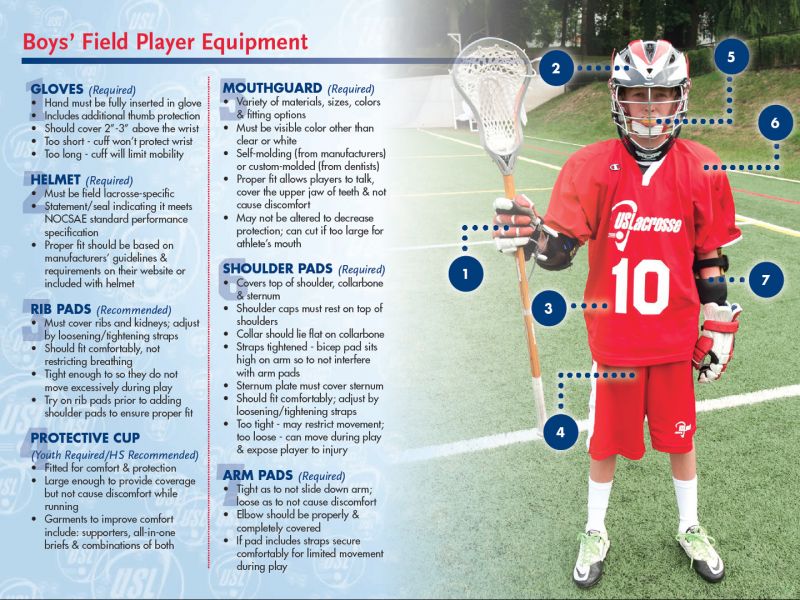
When replacing your rebounder mat, it’s important to choose a mat specifically sized to properly fit your rebounder frame. An undersized mat that’s too narrow or short will leave open gaps along the edges. These gaps allow balls to fly off course from the rebound surface, disrupting your practice rhythm. Oversized mats that are too wide or long can also impair function by bunching up on the frame. Excess material gets in the way of smooth rebounds, deflecting shots in unintended directions. Ill-fitting mats hinder your ability to sharpen critical lacrosse skills. Be sure to select a mat width and length tailored for your exact rebounder dimensions. Most mats are sized for standard rebounder frames like 4′ x 4′ or 4′ x 8′. Measure your frame and cross-reference with mat specs for the ideal fit. Proper sizing also allows quick and easy mat changes each season. Investing in a mat precision-engineered for your model avoids wasted training time from inaccurate ball rebound caused by poor fit. Dialing in the right size mat delivers reliable, consistent ball response for elevating all aspects of your lacrosse game.
Reading Reviews to Find Top Quality Rebounder Mats
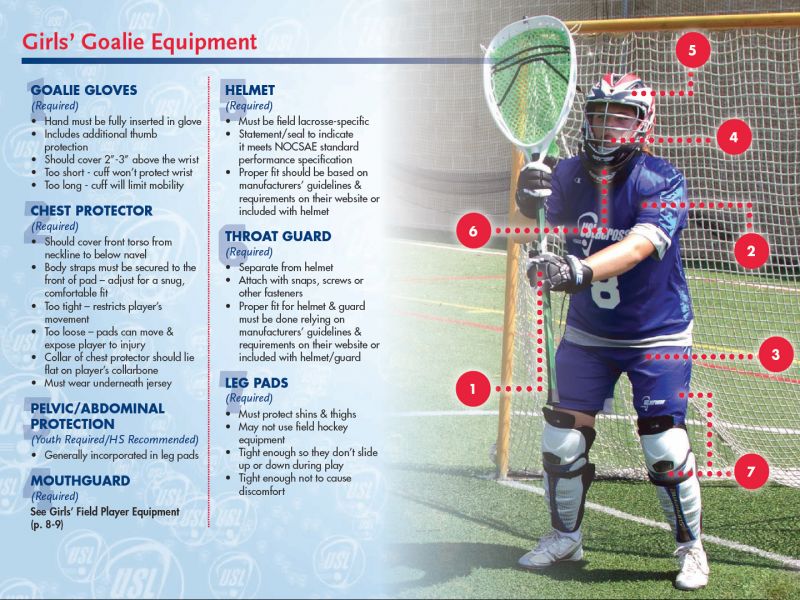
When shopping online for a replacement rebounder mat, taking time to read customer reviews helps ensure you get a high-quality mat that enhances your training. User reviews give you honest, real-world feedback on factors like durability, bounce, ease of installation, and overall value. Look for mats with consistently positive ratings and feedback on crisp ball response, longevity, and improving lacrosse skills. Sort reviews by most recent to confirm the latest versions of a mat still deliver great performance. Watch for trends in reviews that indicate issues with premature breakdown, lack of bounce, inaccurate sizing or other quality concerns. Video reviews showing the mat in action can provide added insight on ball rebound liveliness and consistency across the surface. Comparison reviews are helpful for weighing benefits of different brands and models side by side. User photos also let you evaluate details like mat thickness, material quality, vibrancy of colors and quality of construction. Taking advantage of other buyers’ experience will help you zero in on the right mat to elevate your rebounding training. Investing time upfront reading reviews saves you money, hassle, and frustration down the road. Making your rebounder mat purchase armed with trusted user feedback ensures you get the top quality gear that improves your lacrosse game.